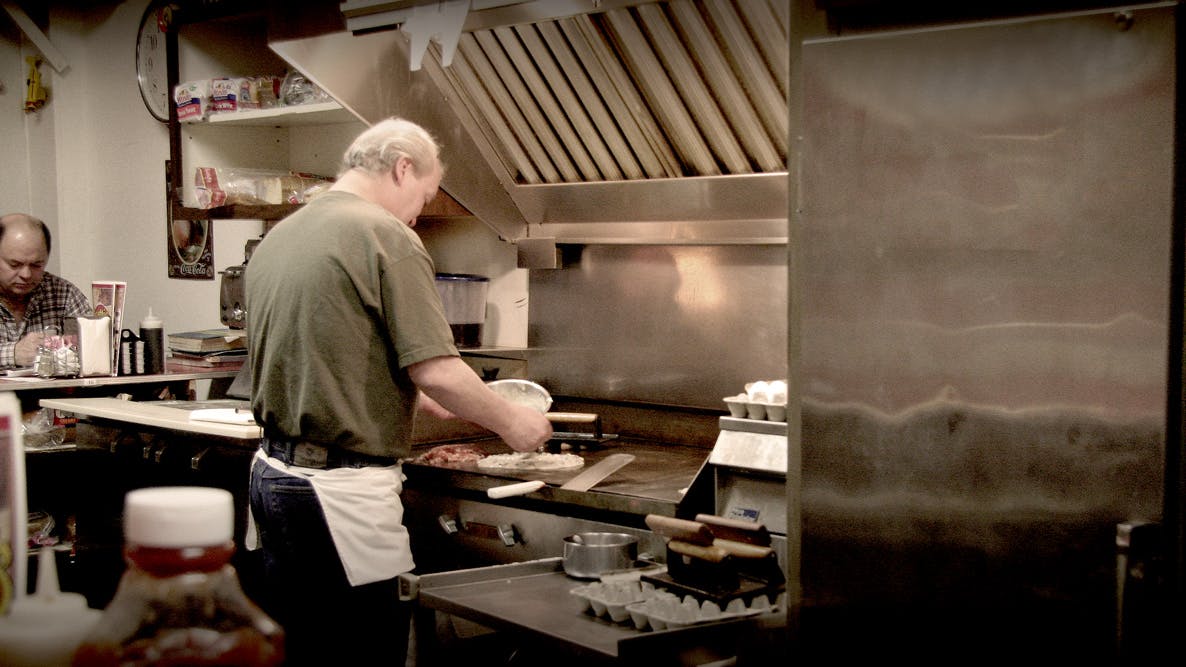Dishing it out
Reviewing restaurants provides insight into what makes some businesses thrive while others falter.
Dishing it out
I grew up in the 1970s when family dinner was all about conveniences like microwaves, canned food, frozen entrees and instant mashed potatoes. Taste … not so much.
When I married an ardent foodie, my world expanded. Terms like locavore and sous vide entered my vocabulary. I started reading great food writers such as Ruth Reichl and Anthony Bourdain. And with my husband's encouragement, I became a restaurant critic.
Moonlighting as a restaurant reviewer for my local newspaper is a somewhat surreal experience. I have fans and haters. I’m aware that what I write can hurt or help a business. Most of all, my job is to let readers know where they are most likely to have a good experience.
What qualifies me to review restaurants? Not much, actually. My husband helps me out with the technical aspects, such as why something might taste particularly good, bad or just plain weird. I can write entertaining copy, which is my main qualification. My opinion is just that, though, my opinion.
After four years of dining everywhere from food trucks to five-star restaurants, I’ve found that most successful restaurants share certain qualities. I believe these are qualities that the most successful businesses share as well.
Have passion for your product
The best chefs and restaurateurs all share this trait. They love what they produce and expect consistent excellence from themselves and others. This holds true at a white-tablecloth establishment as well as a greasy spoon. One of the most masterful cooks I have ever met is Scottie, an artist on the flat-top grill at a 16-stool diner. He makes the most amazing burgers and pancakes. Everything is created fresh on the spot. Fast he is not. Taste his food and you don’t care. He could easily fill a much larger restaurant every day but stays small. Which leads me to point number two.
Know your strengths and master them
Doing a handful of things exceptionally well can be more than enough to earn customer loyalty. I've found that restaurants with the smallest menus are the most likely to have excellent food. Book-length menus often indicate that much of the food is made elsewhere and reheated. That’s not necessarily bad, but I would rather microwave my own frozen entrée than pay someone to do it for me.
Keep it fresh
The flip side of staying focused is that it doesn’t give you a pass on innovating. The same menu, year round, can get dull even when executed well. People like trying new things as long as you keep those tried-and-true favorites around. Recently, we were dining at a trendy restaurant before seeing “A Christmas Carol.” I’m an amateur mixologist, so I like trying cocktails. I was anticipating some sort of wintry concoction before my annual dose of Tiny Tim. Unfortunately, the restaurant’s cocktail menu hadn’t changed in months. Tall, citrus-laden gin drinks tasted fantastic in July. They were downright unappealing in December.
Focus on the user experience
Sometimes it’s a gorgeous dining room with impeccable service. Other times it’s the waitress who asks about your day over a plate of scrambled eggs. When you’re plunking down your hard-earned cash for a meal, feeling appreciated makes things taste that much better. It’s not just food. Every interaction/transaction builds a relationship.
Expect every customer to be a critic
Here’s a tale of two service recoveries. The first happened at a 30-seat restaurant in Monroe with incredibly tasty pulled pork nachos. On our latest visit, it was obvious the nachos had been under the broiler a wee bit too long. Our waitress, who didn’t deliver the plate, noticed it and immediately offered to have a fresh order made. They tasted fine so we declined. She didn’t charge us, although we said it wasn’t necessary. The chef sauntered out moments later and took a sideways look at our plate to assess what went wrong without inconveniencing us.
The next day, I had a group with me for the purpose of writing a review. We were having brunch at a pricy Lake Geneva resort. A very young and nervous bus boy dumped a tray of dirty dishes on the shoulder and at the feet of one of my dining companions. Security was called to take his statement, interrupting our already interrupted meal, and then … nothing. Thankfully, the resort's manager discovered the issue the next day and made things right but 24 hours of negative impression can't quite be undone.
Nowadays, everyone is a critic. A 2013 survey done by Dimensional Research found that people who had a bad interaction with a business were 50 percent more likely to share it on social media than those who had a good experience. Similarly, 52 percent were more likely to share their bad experience on an online review site such as Yelp. The survey also reported that negative online reviews influenced the buying decisions of 86 percent of survey respondents.
The bottom line? Passion and attention to detail are qualities that people can not only taste, but see, hear and feel. These are ingredients that are essential for customer loyalty whether you're flipping burgers or finding that next business opportunity.
Note: Thanks to Hot Pepper Dave for his awesome picture of Scottie at the grill.
